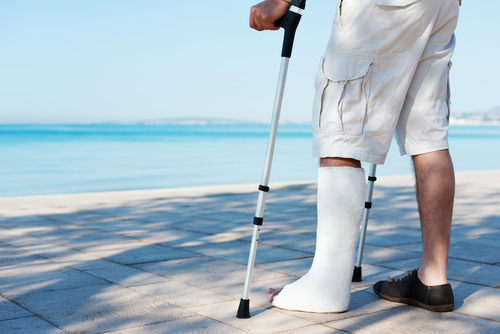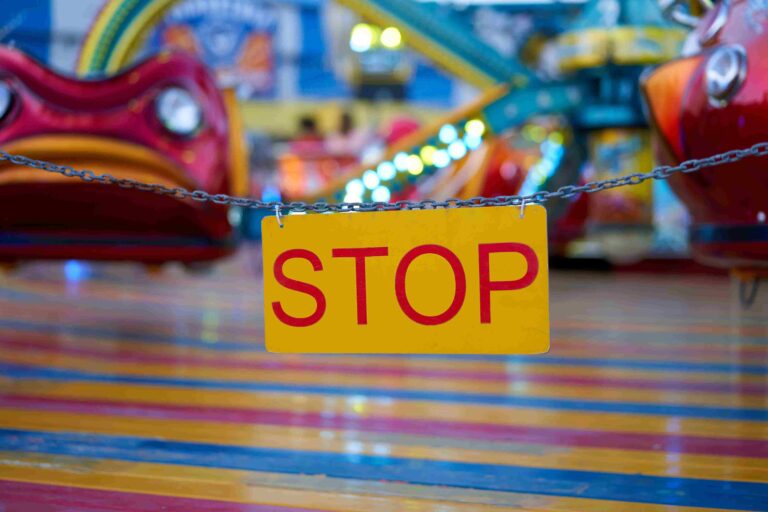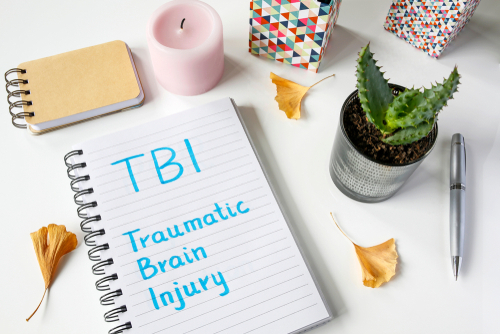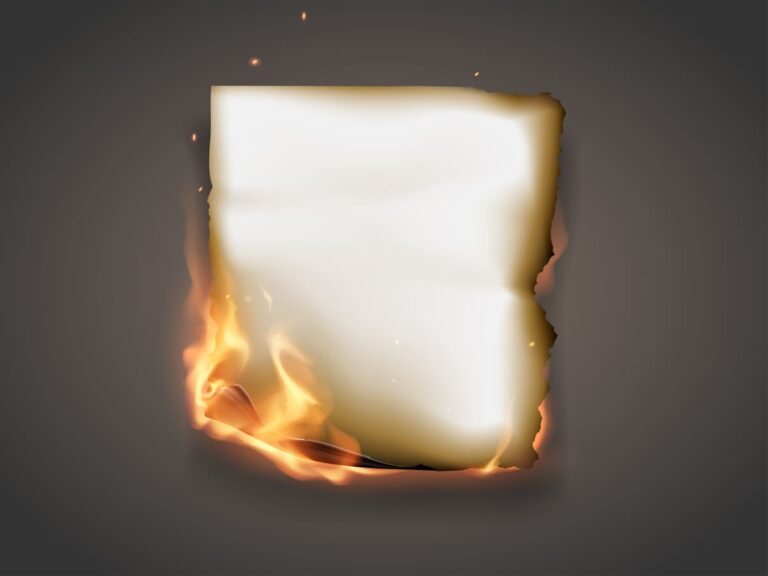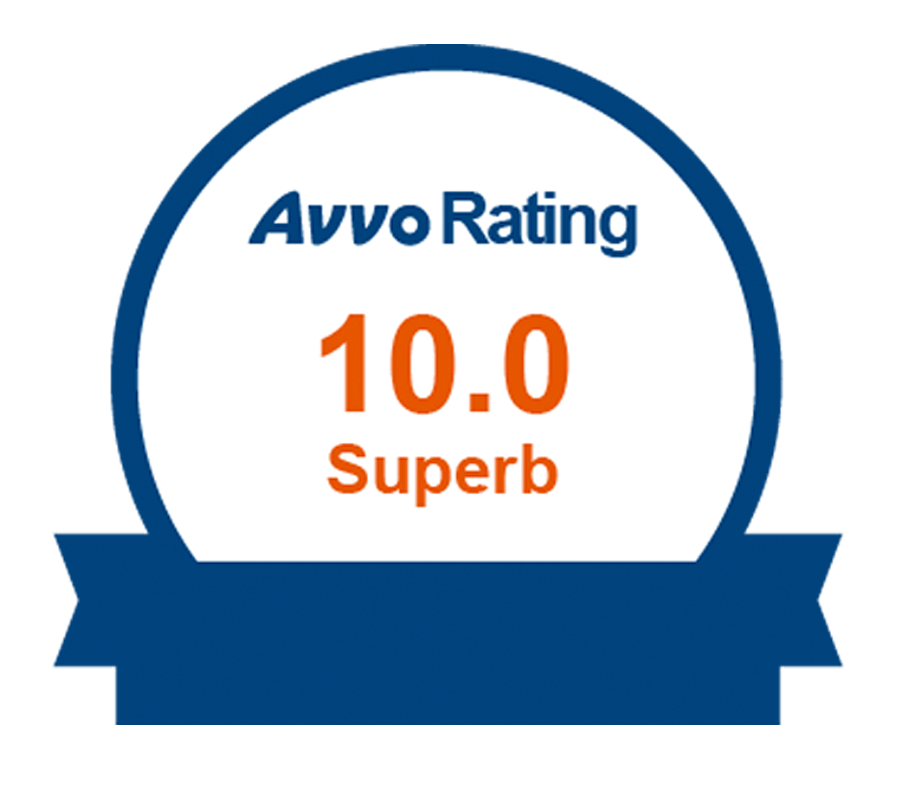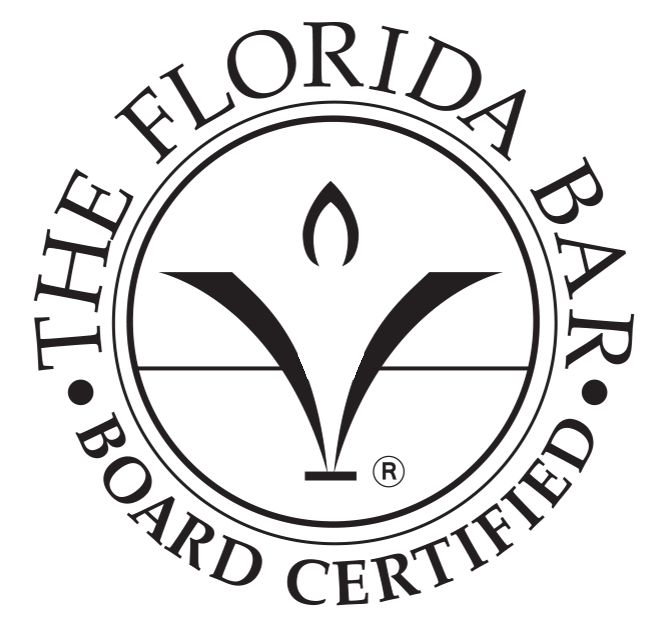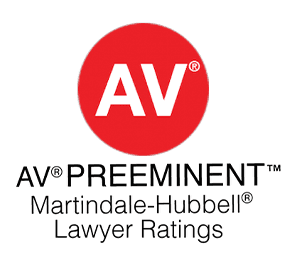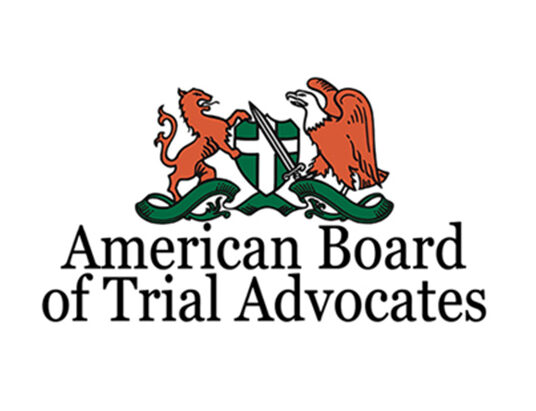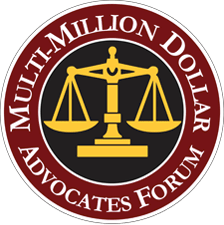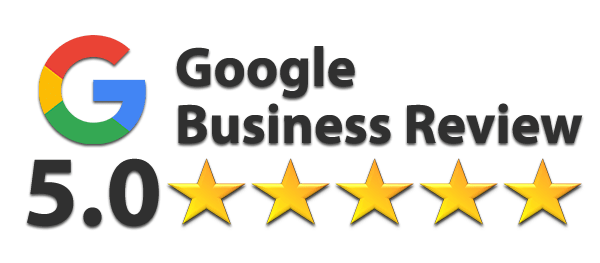Florida has 12 main amusement parks, with many smaller theme parks throughout the state. This is one of the reasons the Sunshine State is such a popular vacation destination.
While the thrills of roller coasters and “heart-stopping” rides are part of the appeal, these locations have real dangers and hazards. The possibility of being injured while on vacation is high, from malfunctioning equipment to slips, falls, and more. When accidents like this occur, the injuries can be severe and even life-threatening.
If you or someone in your family was injured at an amusement park due to negligence, you might be entitled to compensation. We encourage you to contact our personal injury attorneys at Zimmet & Zimmet for assistance. We can help ensure you are properly compensated for the losses you sustained.
Understanding Florida Amusement Park Accidents
Regardless of what you do at a Florida amusement park, the last thing you expect is an accident. Unfortunately, accidents in theme parks occur more often than most people realize.
You can experience several accidents in amusement parks caused by several errors. Working with a premises liability attorney will help you navigate the legal process if you are the victim of one of these accidents.
Here, you can learn some of Florida’s most common amusement park accident types.
Mechanical Failures
Amusement parks are known for their roller coasters that travel at high speeds, starting and stopping abruptly and making sharp turns. These speeds and momentum changes require the ride to undergo ongoing upkeep and maintenance. This is especially true because of the weather conditions in the state (i.e., precipitation, humidity, etc.), which can cause the structural elements of rides to deteriorate.
Mechanical failures include mid-ride breaks, structural detachments, and general part failure. Errors like this need to be predicted and avoided with careful planning to ensure the safety and well-being of the public.
Inadequate Operation
Park employees usually operate and maintain rides at an amusement park. These individuals are specially trained to ensure that the equipment operates properly and safely. This means a lot of trust is put into these individuals’ hands.
The workers are expected to perform their job properly and ensure that individuals on the ride are safe. If employees do not adhere to the basic safety measures, failure to check each passenger’s safety, or do not start or stop the ride safely, accidents and injuries can occur.
Failure to Advise or Warn
Rides must include warning messages, instructions, and details on potential side effects that are visible to the public. Everyone must be informed on what to expect from the ride and if the ride may affect an existing health condition.
Proper warnings and disclaimers can help prevent those who should not be on some rides from being injured.
Inherent Natures
Rides can be inherently dangerous in rare situations if it is due to the factors mentioned above or something else. The ride structure or movement can be challenging to manage and could present ongoing obstacles that make upkeep and maintenance almost impossible. It is best to ensure these rides are banned from being used by the public.
Passenger Misuse
Sometimes a contributing factor to amusement park accidents is passenger disobedience and misuse. The public must adhere to the warnings, procedures, and rules if there are obvious signs around the theme park.
If passengers lift their children over the seatbelt lines, sit improperly, unlatch the seat belts, stand-up mid-ride, or touch something around them, they should not; they could cause harm to themselves.
Determining Fault in Florida Amusement Park Accidents
An amusement park accident can cause serious injuries, such as paralysis, torn ligaments, lung damage, neck and spinal injuries, head injuries, aneurysms, broken bones, strokes, and death. If this type of injury occurs, passengers should receive benefits and compensation for their losses.
Determining the fault for an accident at a theme park or amusement park can be challenging. Some of the parties that may be considered at fault include the following:
- Employees can be at fault for not operating ride motors properly.
- The park’s administration could be at fault if proper warning signs were not posted in obvious locations.
- Designers, engineers, and manufacturers of a specific ride may be considered responsible if foreseeable structural changes should have been made to prevent manual defects or errors.
- Suppliers may be responsible if products used for the ride were improper or inadequate.
While this is true, passengers also play a role in their safety. If someone visiting an amusement park does not follow the warnings and instructions, they may not be able to receive benefits because they contributed to their injuries and damages.
Amusement park safety is a two-way street, and while this is true, you can seek damages if you or someone in your family is injured. Our legal team can help you receive a favorable outcome for your situation.
Contact Our Legal Team for Help with Your Amusement Park Injury Claim
You have legal options if you are injured while at an amusement park. The first step is to call our office to schedule a free consultation. We can discuss your case and help you achieve the best possible outcome for your situation.
Read More
How Long Do I Have to File a Personal Injury Lawsuit in Florida?

